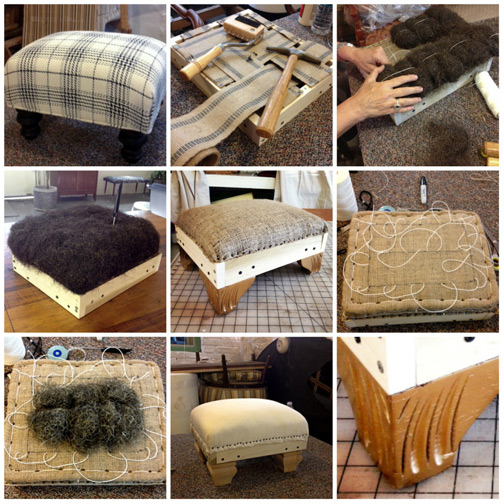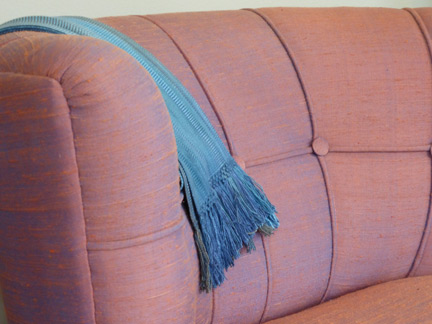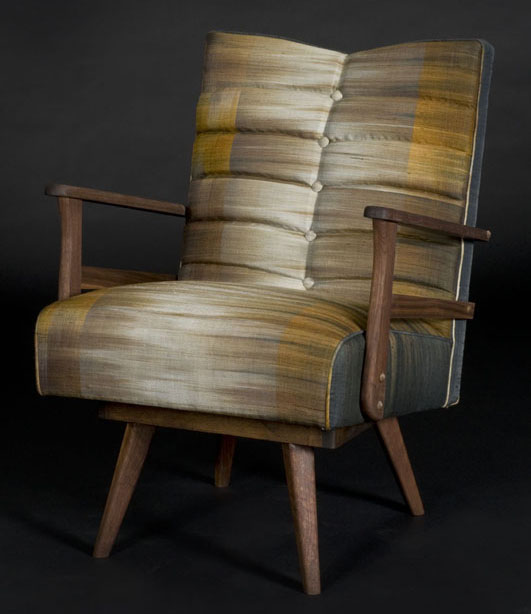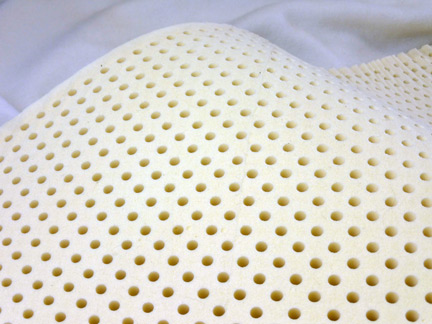IS there such a thing as ‘organic’ upholstery?
The confusion arises when we go to our knowledge of ‘certified organic’ products. Most of us are familiar with organic foods and organic fibers like cotton, but how does this apply to what lies beneath the fabric of an upholstered chair?
I’m pretty sure there is no such thing as a 100% ‘certified organic’ piece of furniture. This is partially because many of the fibers used in such furniture grow naturally without the use of pesticides or chemicals, and have no certification processes associated with crop production (at least historically). Hemp, jute & flax fall into this category, and in fact you’ll often see them blended with organic cotton in fabrics. Wood may be certified as well, but not by the same standards as fiber. The Forestry Stewardship Council (FSC) is one organization that provides certification for lumber stating that the source trees are farmed in a sustainable manner.
So… when I see a piece of furniture labeled as ‘organic’, I assume that it probably contains certified organic materials where the term is applicable, as well as naturally grown materials that do not require chemicals to produce.
‘Traditional’ upholstery
A discussion of natural materials is not complete without mention of fine traditional upholstery. I’m referring to meticulously shaped seating elements using jute, horsehair and other natural fibers. This is the centuries-old craft that comes to mind for many of us when we think about antique upholstery pieces. Traditional upholstery techniques predate the use of foam and polyester that is common in modern day upholstery, and thus may accurately be referred to as non-toxic.

Traditional upholstery: Shelly Leer of ModHomeEc teaches this sustainable method of upholstery at her workshop in Indianapolis
Latex Foam: Organic vs Natural?
Latex foam for upholstery has inspired a deluge of questions in recent years, especially with regard to flame retardants. It’s easy to get confused by the use of the term ‘natural’, which has become as unreliable in the latex industry, much as it is in the food industry. Because many questions about latex have come to me directly due to my specialized work in non-toxic upholstery, I’ve been compelled to do the research so I can answer these concerns as accurately as possible.
Good News for those seeking the security of certified products: There is now a source for certified organic latex, certified by the Global Organic Latex Standard (GOLS). There is also a (less expensive) Oeko-Tex certified product – ALL free of fillers and additives, with NO Flame Retardants!
Now you can order natural latex foam for your own upholstery project in our store.
Sign up for our mailing list to learn more about natural & organic materials for upholstery.



Leave A Comment